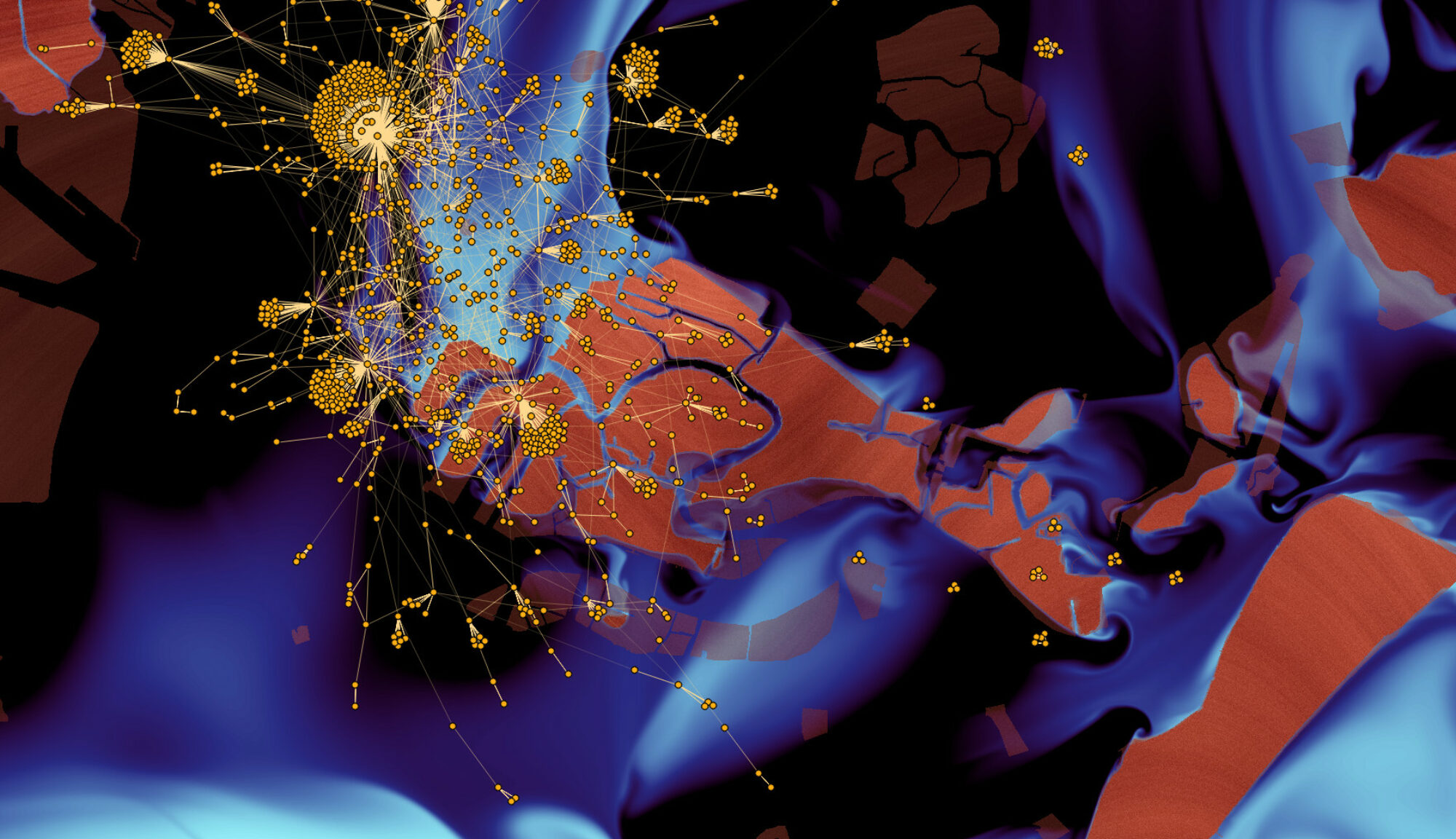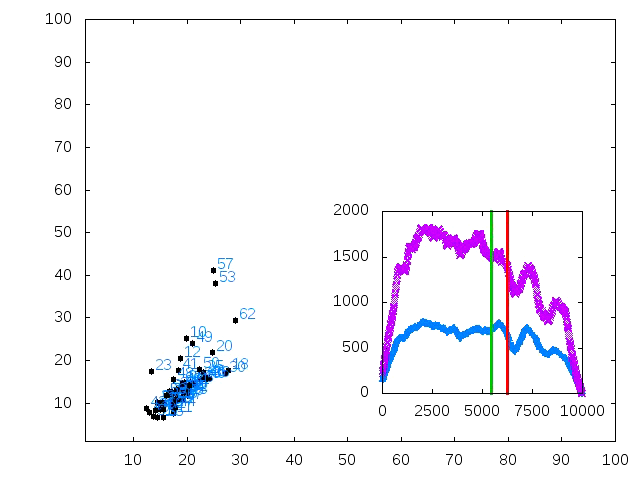Abdelhamid Salah brahim, Bénédicte Le Grand, Lionel Tabourier, Matthieu Latapy
Journal of Computational Science, Vol 2(3), 2011
How does the structure of a network (e.g. its organization into groups or communities) impact the interaction among its nodes? In this paper we propose a generic methodology to study the correlation between complex networks interactions and their community structure. We illustrate it on a blog network and focus on citation links. We first define a homophily probability evaluating the tendency of blogs to ite blogs from the same communities. We then introduce the notion of community distance to capture if a blog cites (or is cited by) blogs distant or not from its community. We analyze the distribution of distances corresponding to each citation link, and use it to build maps of relevant communities which help interpreting blogs interactions. This community-oriented approach allows to study citation links at various abstraction levels, and conversely, enable us to characterize communities with regard to their citation behaviour.

